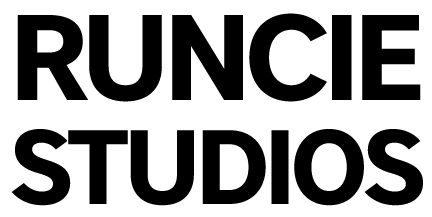The new age of art is one that embraces technology. From artists using simple effects like adding LED lights to highly integrated data-fed systems that blur the lines of what was called art throughout history. It is fair to say that it is hard to determine the line between art and aesthetic computing systems.
Over the last decade, we have watched the transition of technology mainly used for set design and graphic design into the contemporary and public art scene. During the 90’s and the 00’s many graphic design jobs disappeared. The amount of staff members needed to create animations, marketing campaigns, newspapers, etc. is hard to fathom for most young designers. Everything was hand drawn, film photos had to be developed; there were unique collage and layering techniques so that a design could go on a photocopier. This was the predecessor to layers in Photoshop and it took a team to pull off in a timely manner.
Now we see artists like Andrew Zolty, better known as BREAKFAST. He runs a world-class art studio employing many engineers and designers to help create mind-blowing artworks. His art utilizes data transmitted from real-world happenings, such as waves crashing or wind blowing. The data is turned into visual expressions that are his artwork. The landscape is wide open for new expressions and developments in this area of art.
One aspect of technology that is growing rapidly is Augmented Reality and Virtual Reality. The VR headsets of the past were hard to use and would cause nausea for many users. The latest advancements allow for mixed reality. This is straight from the movies. You can see everything around you through wide-angle cameras on the front of the headset with an overlay of virtual reality that can be interacted with using just your hands. The future of art is here and I advise everyone to get comfortable with it before it leaves you behind.
